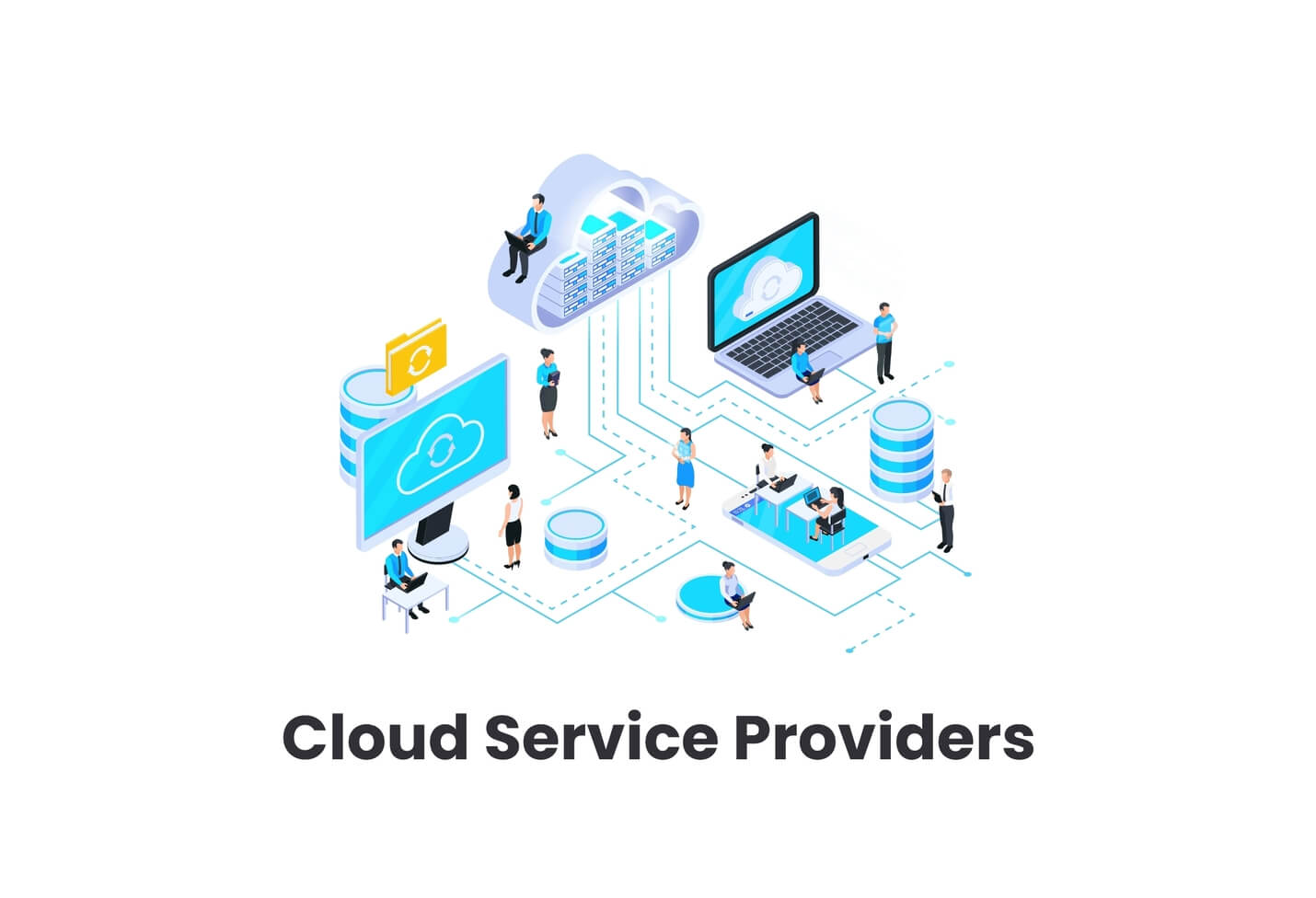LinkDaddy Cloud Services Introduced: Professional Strategies for Cloud Services Press Release Quality
LinkDaddy Cloud Services Introduced: Professional Strategies for Cloud Services Press Release Quality
Blog Article
Simplify Your Facilities With Cloud Provider
As businesses browse the ever-evolving landscape of technology and data management, the duty of cloud solutions in streamlining infrastructure has actually become significantly prominent. The appeal of streamlined processes, boosted effectiveness, and boosted source allotment via cloud options is undeniable. The trip towards a much more affordable and dexterous IT framework involves even more than just migrating to the cloud. It calls for a tactical method and a deep understanding of the nuances of cloud adoption. So, exactly how can businesses properly browse this shift and genuinely open the potential of cloud services for streamlining their framework?
Advantages of Cloud Services
Cloud solutions supply a structured strategy to managing IT framework, giving organizations with adaptability, scalability, and cost-efficiency. One of the essential advantages of cloud services is the scalability they provide.
In addition, cloud solutions remove the demand for organizations to purchase costly software and hardware. This cost-efficiency is a substantial benefit, particularly for tiny to medium-sized enterprises seeking to reduce upfront expenses. By utilizing cloud solutions, services can access premium IT sources without the hefty price associated with typical facilities arrangements.
Furthermore, cloud solutions offer businesses with the versatility to access their data and applications from anywhere with an internet link. This degree of ease of access enhances cooperation amongst groups, enables remote job, and enhances total performance. The versatility used by cloud solutions encourages companies to adapt rapidly to changing market problems and consumer demands.
Price Savings and Scalability
Along with the operational advantages highlighted earlier, the assimilation of cloud services right into a firm's framework generates considerable cost savings and boosted scalability. Cloud services use a pay-as-you-go design, enabling businesses to scale sources up or down based on present needs, thus staying clear of the prices linked with preserving excess capacity. This adaptability makes it possible for firms to adapt rapidly to fluctuating needs without sustaining unneeded costs.
Furthermore, cloud services eliminate the need for in advance financial investments in software and hardware, reducing capital investment. Operating costs are also reduced as business no more require to take care of and keep physical web servers, causing reduced energy intake and IT staffing prices. Additionally, cloud solutions provide automatic updates and upkeep, guaranteeing that the framework stays up-to-date and protected without calling for manual treatments.
Boosted Safety Steps
Applying stringent safety procedures is vital when integrating cloud solutions into a business's infrastructure to make certain and safeguard delicate data conformity with industry policies. Cloud service suppliers supply improved safety attributes such as information file encryption, firewall software security, and multi-factor authentication to reduce cybersecurity dangers.
Moreover, regular security audits and conformity assessments assist make sure and determine vulnerabilities adherence to industry requirements. Firms can likewise take advantage of functions like automated protection updates and real-time threat surveillance provided by cloud provider. By prioritizing protection steps and remaining aggressive in resolving prospective threats, services can confidently utilize cloud solutions while safeguarding their important information from unapproved accessibility or breaches.
Transitioning to Cloud Framework
To effectively integrate cloud solutions into a company's infrastructure, an organized method that deals with the change in the direction of cloud-based options is important. Transitioning to cloud framework involves careful planning and cloud services press release implementation to guarantee a smooth migration procedure. The very first step is to analyze the existing facilities and determine which systems and applications are ideal for migration to the cloud. This analysis needs to consider elements such as data sensitivity, compliance requirements, and efficiency needs.
Once the analysis is full, a migration strategy need to be created. This strategy needs to lay out the timeline, resources, and obligations for relocating each element to the cloud. It is vital to interact this strategy plainly to all stakeholders to ensure alignment and lessen interruptions throughout the change.
Throughout the migration screening, process and tracking are important to recognize and deal with any issues promptly. Routine checkpoints need to be developed to track development and make essential adjustments. Additionally, training for workers on using cloud solutions ought to be supplied to ensure a successful shift and take full advantage of the advantages of the new infrastructure.
Ideal Practices for Cloud Fostering
Successful fostering of cloud solutions pivots on the critical positioning of service purposes with technological capacities and business preparedness. To make certain a smooth change to the cloud, companies ought to begin by conducting an extensive assessment of their existing facilities and identifying which workloads are best suited for cloud movement. It is important to entail key stakeholders from different departments in the decision-making procedure to gain buy-in and address any type of problems early on.
One more best practice for cloud fostering is to prioritize protection and compliance. Organizations needs to carefully assess the safety and security procedures provided by cloud service carriers and ensure that their information is protected according to sector criteria and regulative needs. Executing robust data file encryption, accessibility controls, and regular safety audits can help alleviate dangers related to cloud fostering.

Conclusion

As services browse the ever-evolving landscape of innovation and data administration, the duty of cloud services in streamlining facilities has actually ended up being increasingly popular - universal cloud Service. Just how can organizations successfully browse this transition and truly open the potential of cloud solutions for simplifying their facilities?
Cloud solutions offer a structured method to handling IT framework, giving businesses with versatility, scalability, and cost-efficiency. By utilizing cloud services, organizations can access high-grade IT sources without the hefty price tag linked with conventional facilities setups.
To guarantee a smooth shift to the cloud, companies ought to start by performing an extensive evaluation of their current infrastructure and determining which work are best suited for cloud migration.
Report this page